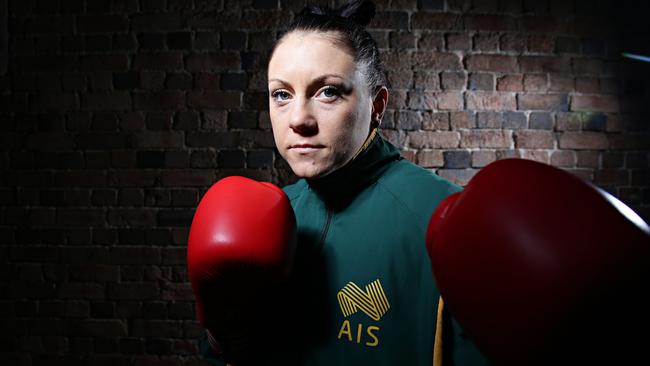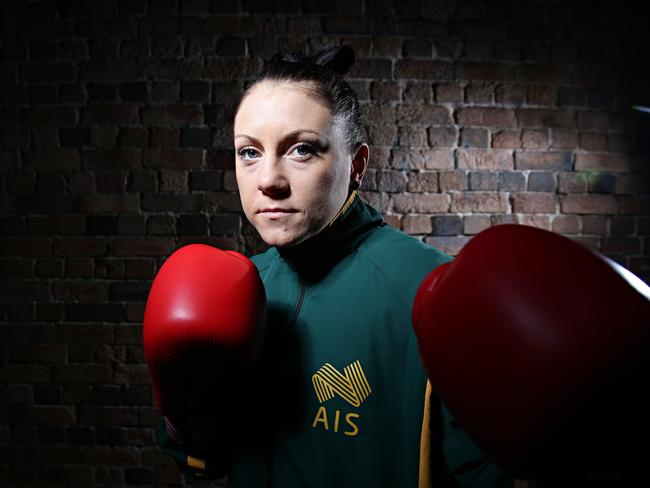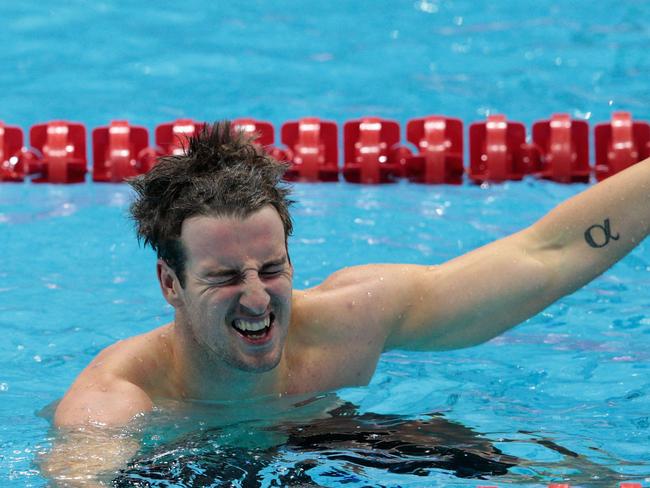Australian athletes drilled on dangers of cybercrime, pitfalls of social media
AUSTRALIAN athletes at the Rio Olympics will be taught how to protect themselves from the pitfalls of social media and the dangers of cybercrime.

ATHLETES at the Rio Olympics will be taught how to protect themselves from the pitfalls of social media and the dangers of cybercrime.
The Australian Institute of Sport (AIS) has joined forces with the Australian Federal Police (AFP) to help more than 2000 of the country’s finest athletes ensure they avoid being part of the 100 reported cases of cybercrime every day.
VIDEO: Road to Rio is a regular series for the 2016 Olympic Games, presented in partnership with Coca Cola
With more than 40 per cent of victims aged between 20 and 40, athletes fit well within this demographic and the AIS called on the expertise of the AFP to help develop the Social Media & Cyber Safety online module.

Emerging and elite athletes, including those headed for the Rio Olympic and Paralympic Games, will have access to the new online learning resource.
The Social Media & Cyber Safety online module includes advice on protecting online privacy, particularly when travelling overseas or accessing secure websites such as bank accounts.
Olympic boxer Shelley Watts said she’d been a target of cyber-bullying during qualification for Rio, which had brought her to tears.
Watts welcomed the manual ahead of next month’s games in Brazil.
“As athletes we can be so focused on our sport, it’s also important for athletes to be aware of things like cyber-bullying and different aspects of learning,’’ Watts said.

Commander Glen McEwen said all Australians - not just athletes - need to be aware of ways to protect themselves when going online.
“Email, social networking and website advertising are the top three reported online channels used by cybercriminals to target victims,” Commander McEwen said.
“It’s great to see the AIS take this initiative to try and support athletes, but I urge all Australians to take precautions with their online identities and information.”
Originally published as Australian athletes drilled on dangers of cybercrime, pitfalls of social media




